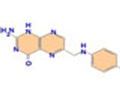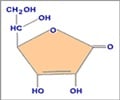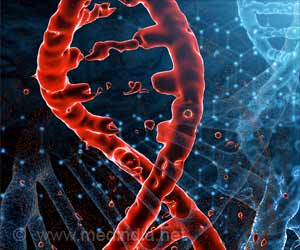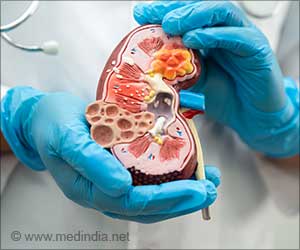A new study reveals that the muscle degeneration and the reduced mobility caused by muscular dystrophies can be treated.

Muscle cells are in themselves relatively delicate, but derive important additional mechanical strength from adhesion protein complexes; these anchor the muscle cells to an external framework known as the basement membrane, thereby helping to buffer the cells against the extreme forces that they experience during muscle contractions. Mutations in the genes that encode these adhesion proteins can weaken these attachments, making muscle cells more susceptible to damage and death.
The resulting muscle degeneration can eventually lead to progressive muscle-wasting diseases, such as muscular dystrophies. A major component of the basement membrane, a protein called laminin, binds to multiple different receptors on the muscle cell surface and forms a dense, organized network.
The study was led by UMaine Associate Professor of Biological Sciences, Clarissa Henry, whose laboratory focuses on understanding how cell adhesion complexes contribute to muscle development. The researchers discovered that a pathway involving a common cellular chemical called nicotinamide adenine dinucleotide (NAD+) plays a role in the formation of organized basement membranes in muscle tissue, during development of the fish embryo. As disordered basement membranes are seen in many different types of muscular dystrophies, the researchers wondered whether activating this pathway might reduce the severity of some muscular dystrophies.
In the current study, the researchers show that NAD+ improves the organization of laminin in a zebrafish version of muscular dystrophy. Zebrafish lacking either of the two main receptors for laminin have a disorganized basement membrane, causing muscle degeneration and difficulties with movement. However adding extra NAD+, or even a vitamin packet containing vitamin B3 (niacin, a precursor to NAD+), significantly reduced these symptoms.
The research team found that the main protective effects of NAD+ come from enhancing the organization of the laminin structure in the basement membrane, which helps to increase the resilience of diseased muscle fibers.
Advertisement
Prof. Henry summarizes; "One of my favorite aspects of this study is that it is a poster child for how asking basic biological questions can lead to exciting discoveries that may have future therapeutic potential."
Advertisement
Source-Eurekalert














